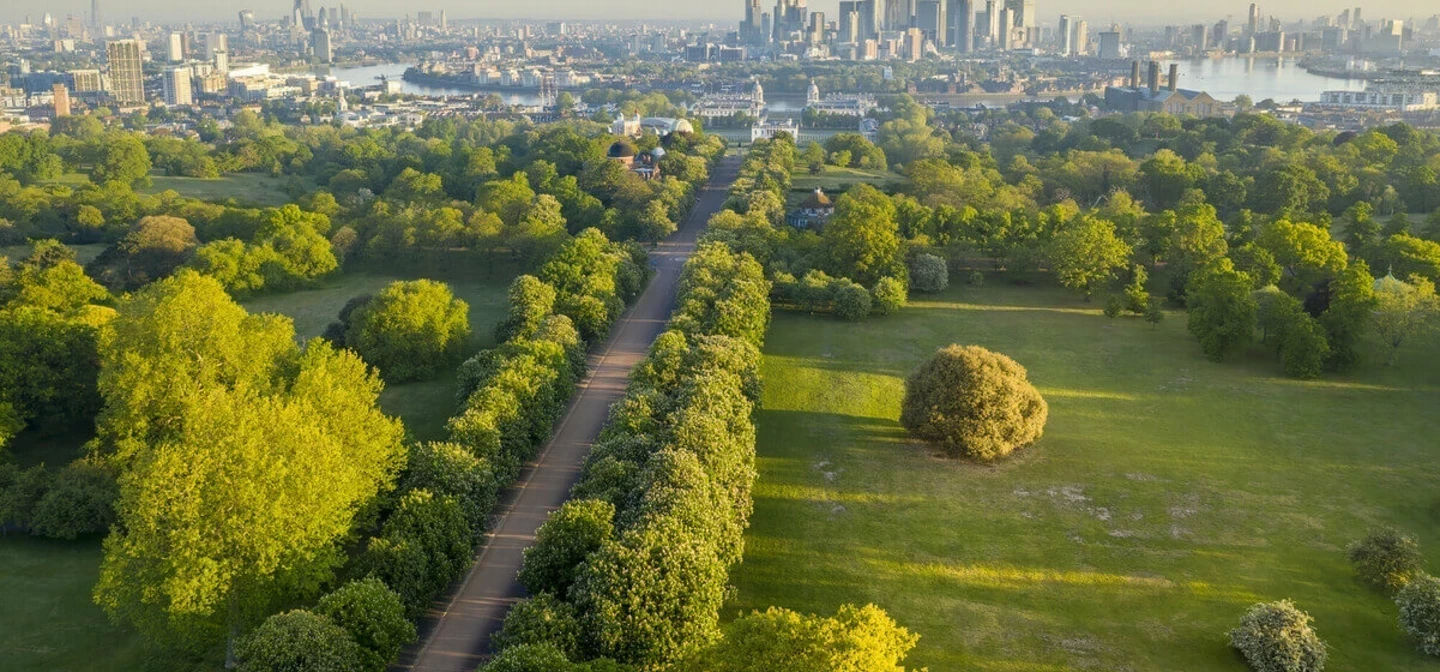
Futureproofing Greenwich Park’s historic tree avenues
We are reviving Greenwich Park’s damaged historic landscape and restoring the declining tree avenues which line the formal banked (parterre) layout framing the view from the Queen's House.
We are planting a net increase of semi-mature, well-spaced lines of native, more-resilient elm and lime trees to provide long-term benefit for wildlife.
Why are elm and lime trees a good choice of species for Greenwich Park?
They are resilient
These species have been tried and tested in other locations across the parks and have proved they are robust, resilient and tolerant trees which can thrive in poor conditions in challenging environments. They are able to cope with hot weather, in poor soil conditions and with limited water supply.
The new species provide huge value to wildlife
Lime (Tilia cordata)
Lime leaves provide a preferred food source for caterpillars of many moth species - including lime hawk, peppered, vapourer, triangle, and scarce hook-tip moths.
Aphids feed on the leaves – providing a rich source of food to a biodiverse range of insects, including hoverflies, ladybirds and beetles. These attract many birds including blue tits, long-tailed tits and great tits.
Aphids also produce a sticky, sugary honeydew, which is left on leaves and drunk by bees and other insects.
Lime flowers provide nectar and pollen for native bee species such as types of bumble bee and solitary bee – which all enjoy the nectar as well as honeybees.
Older lime trees containing dead wood provide a rich habitat for wood-boring beetles, and nesting holes for birds such as woodpeckers.
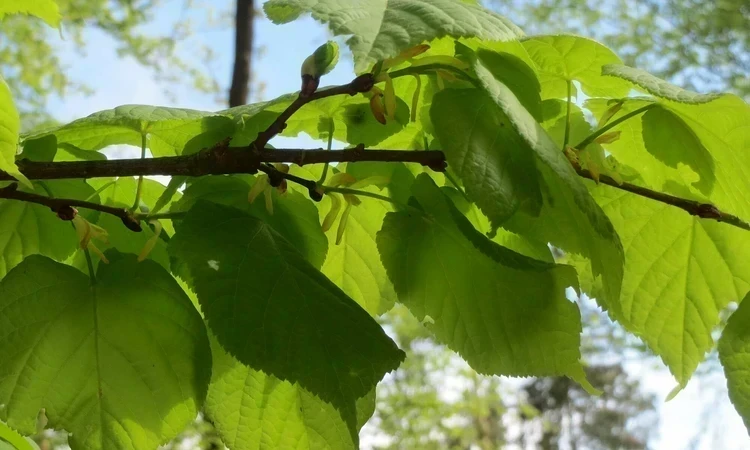
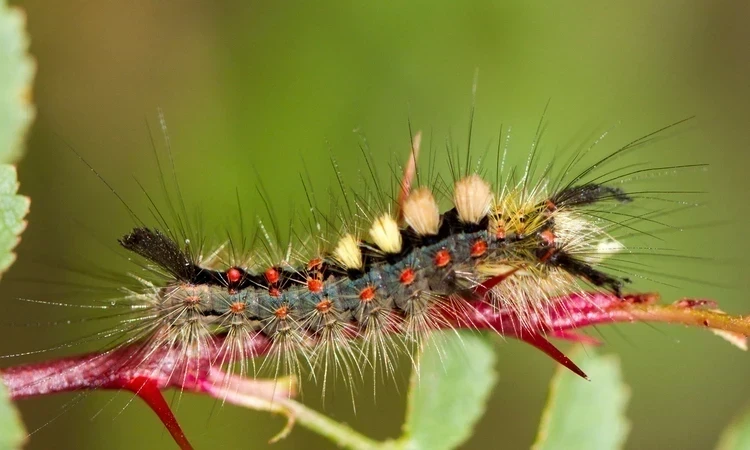
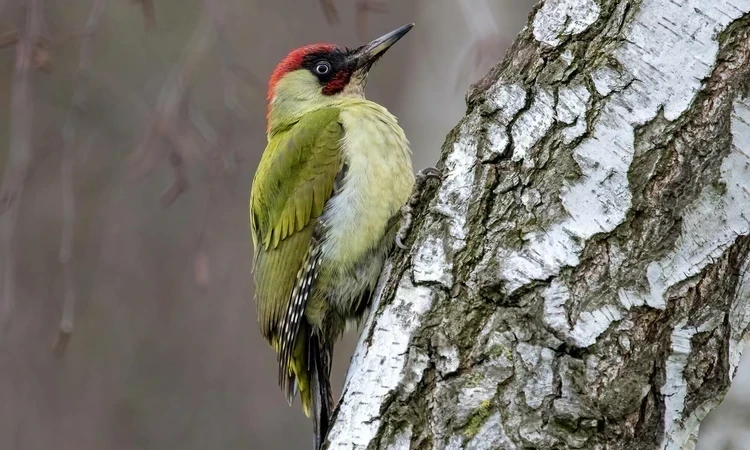
Elm (Lutese/New horizon)
Elm leaves provide food for the caterpillars of many moths, including the peppered, light emerald and white-spotted pinion moths.
Caterpillars of the white-letter hairstreak butterfly feed on elm leaves. This native butterfly is native to the UK and an endangered species which has declined dramatically since Dutch elm disease arrived in the UK.
Many birds such as gold finches eat elm seeds.
The species supports the elm leaf beetle.
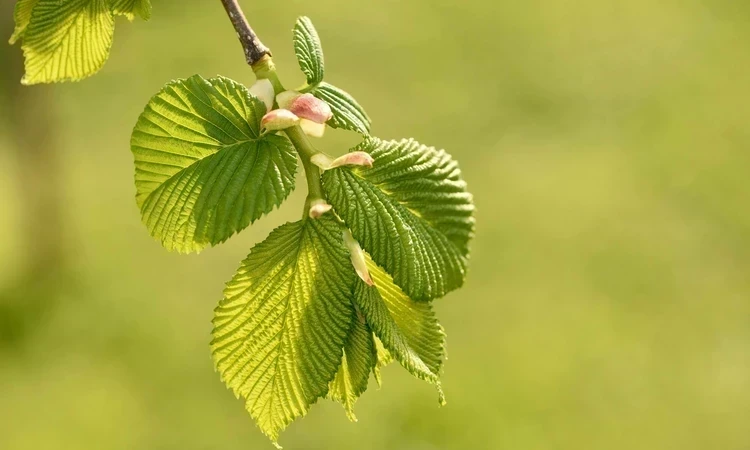
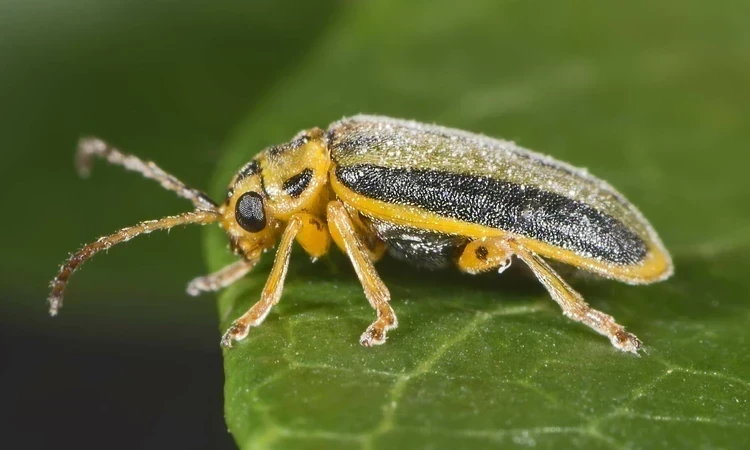
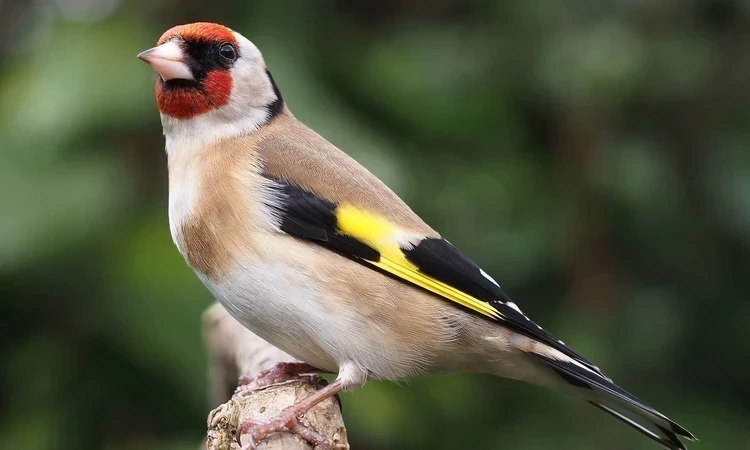
The new species are resilient to squirrel damage
Grey squirrels have severely damaged the Turkey oak trees and a small number of the beech trees – all planted in the 1970s. The mammals have damaged these trees by stripping the bark to mark territory and gnawing away the bark to get to the to the sweet, sap-filled layers (the phloem tissue) underneath. This wounding has exposed the tree which has allowed pathogens to enter and attack the tree causing decay to set in. The bark is not particularly bitter, and the flavour is palatable to squirrels which gnaw the inner bark after stripping.
The problem isn’t helped by the fact that Turkey oak and beech trees are abundant in highly nutritious food (acorns and beech nuts are very high in fats – and eagerly sought out by squirrels). This makes these trees ideal locations for squirrels to set up territories in, and makes these species highly susceptible to squirrel damage
However, the new species of Elm and Lime trees are resilient against damage from squirrels.
Elm and Lime bark is tougher and harder to remove making it more resilient to the tearing action from squirrels.
The flavour of the bark of Elm and Lime trees contains bitter tasting molecules called ‘bitter principles’ which make it unattractive to squirrels so they are less likely to gnaw the bark.
Neither Elm nor Lime have particularly nutritious fruits: Elm seeds contain small seeds inside a winged structure which offers very low nutritional value and the amount of effort the squirrel needs to put in to eat the seeds does not equate to sufficient calorific value. Lime seeds comprise a small woody ball that has very low nutritional value.
Squirrels are very territorial and will set up their territories in an area they know to have a rich and abundant food source. As lime and elm trees are not food rich, they are less frequented by squirrels, which will seek more food-rich environments and set up territories elsewhere – protecting the future of the new avenues.
How else are we enhancing the treescape in Greenwich Park?
We are also enhancing 7,000 square metres of new woodland areas across the wider park, planting around 2,000 native, diverse and wildlife-friendly trees and shrubs. This will boost carbon absorption and enhance the biodiversity provided by Greenwich Park’s existing 3000 trees.
Related Articles
-
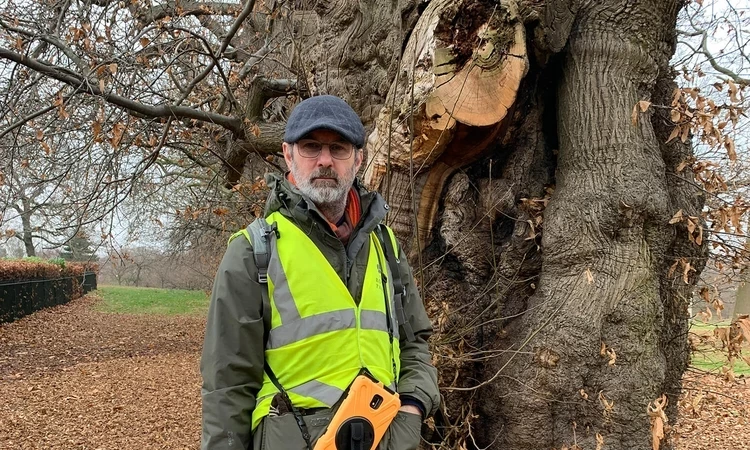 Read
ReadA day in the life of a Royal Parks arboriculturist
Find out what it's like to be a Royal Parks arboriculturist
-
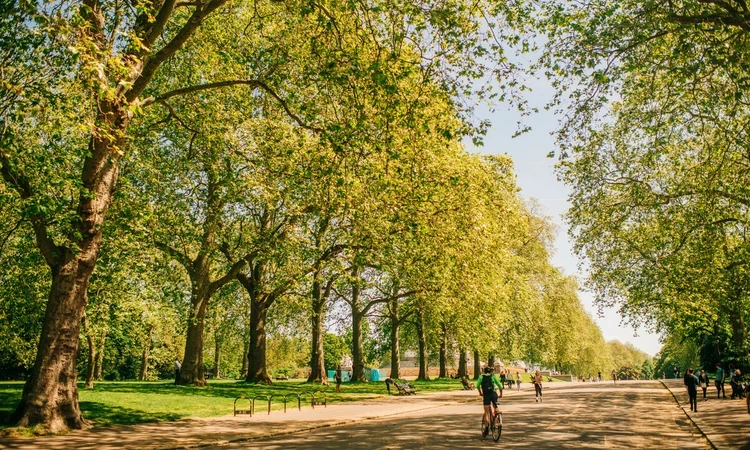 Listen
ListenNational Tree Week
In this episode, recorded for National Tree Week, Community Learning Officer Laura Ashfield talks to tree expert and arboriculturist Greg Packman.
-
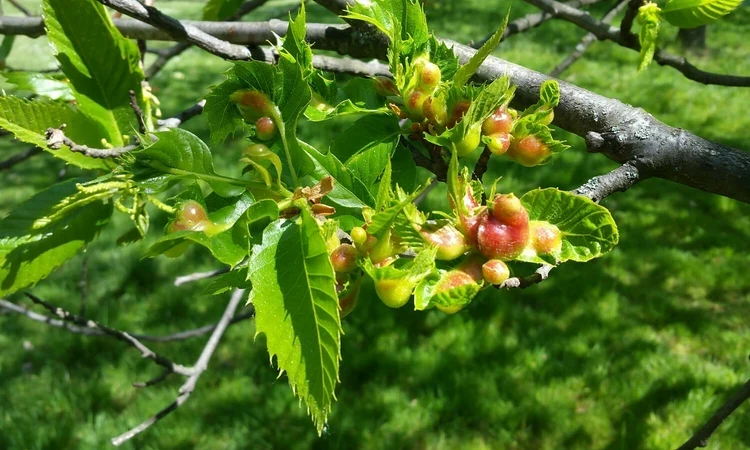 Read
ReadTree Diseases: Taking Care of London’s Trees
Managing tree disease within the Royal Parks